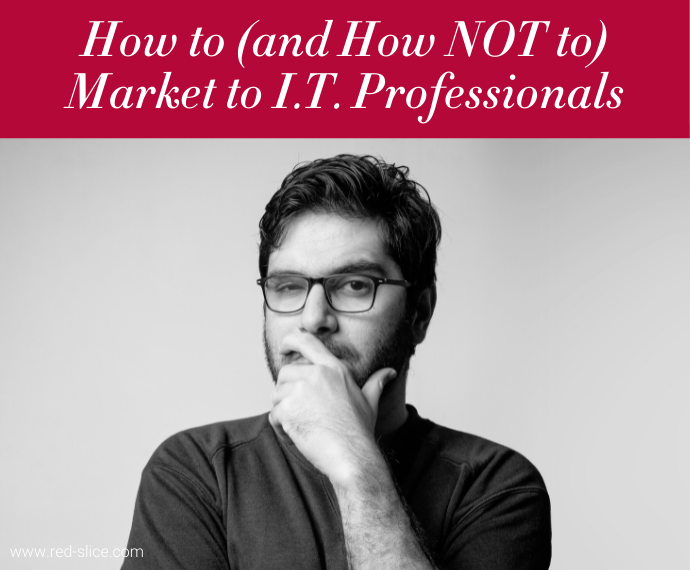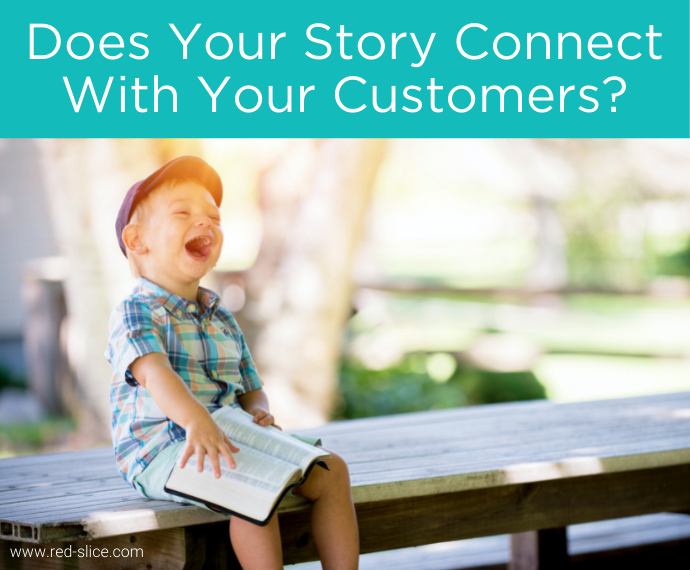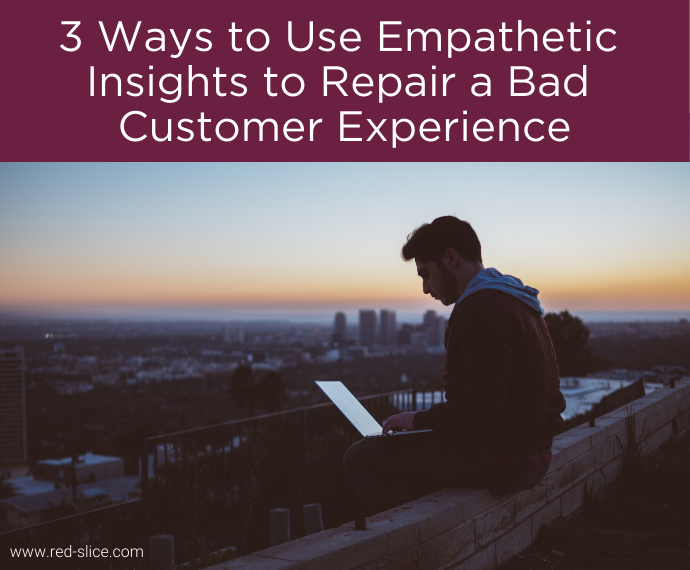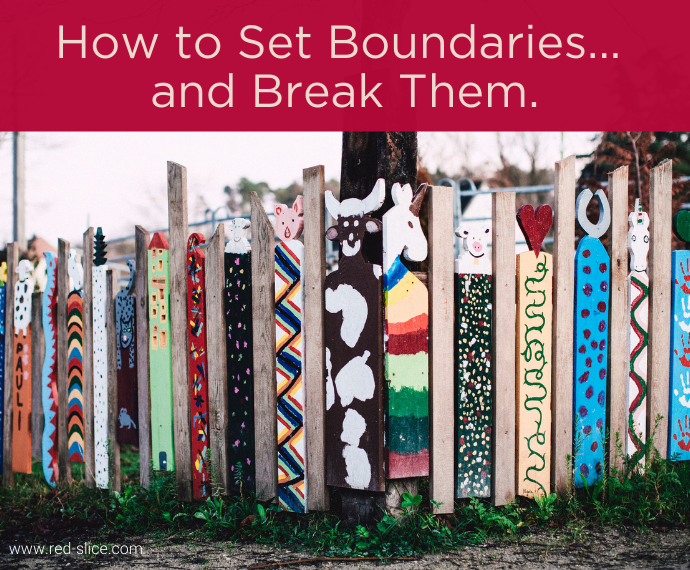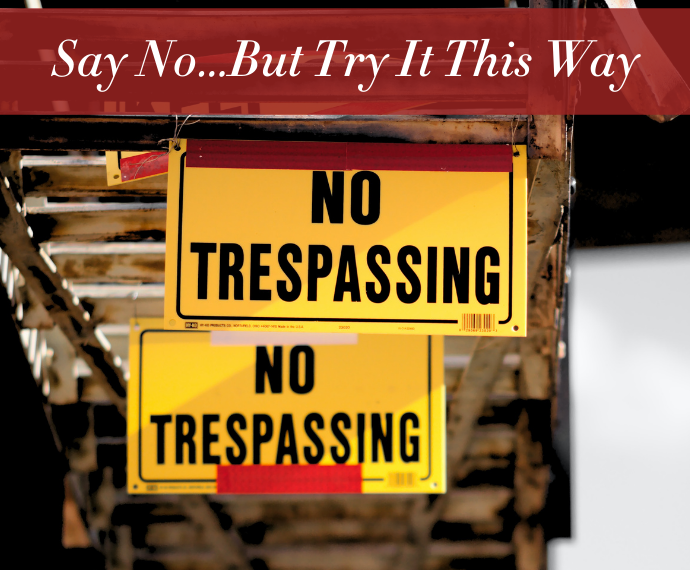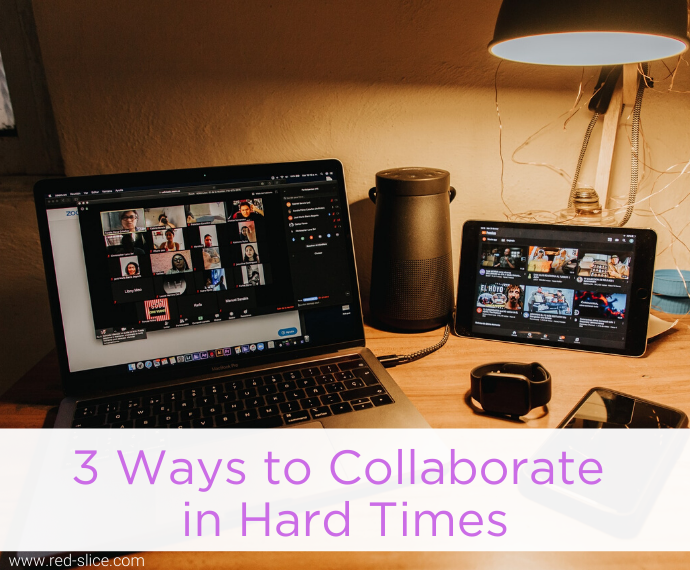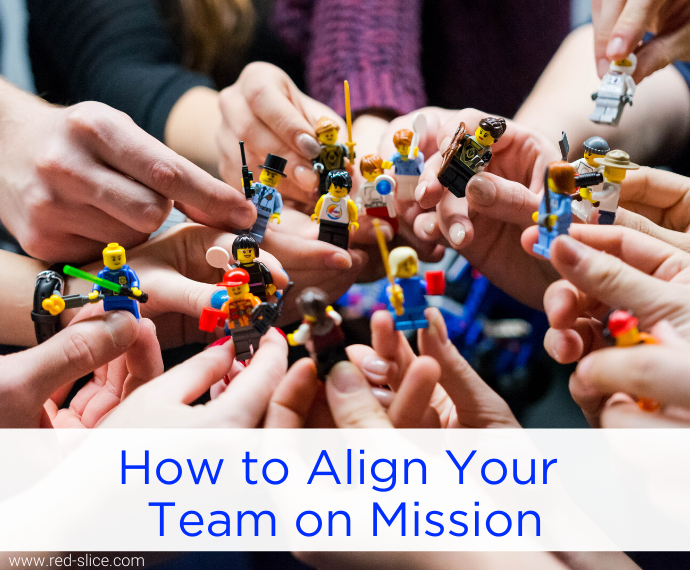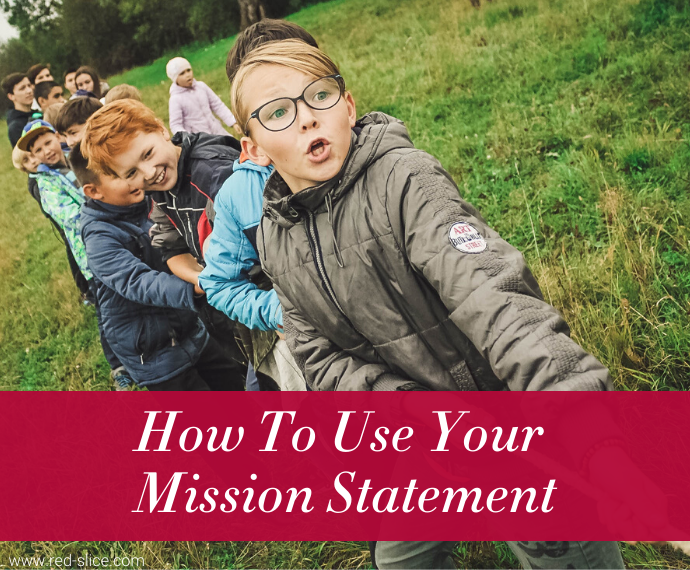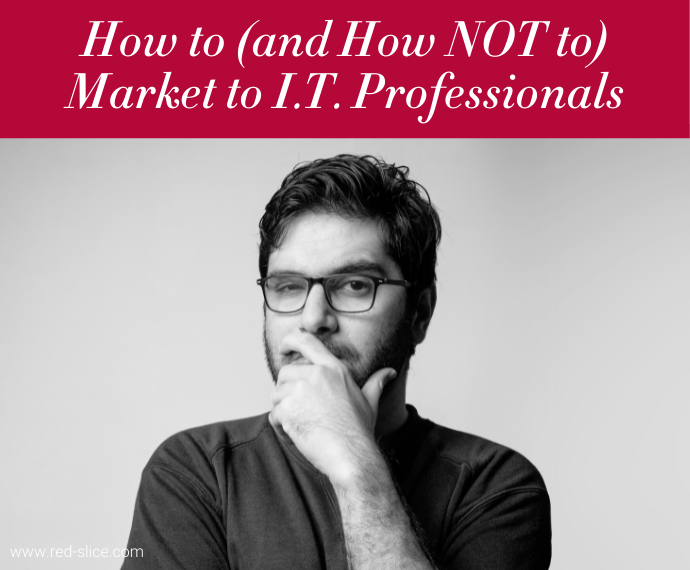
Ah, the poor IT professional. Be it developer, database analyst, director of enterprise architecture, or heck, even the CIO, they are recipients of the driest, most boring marketing and messaging I’ve ever seen.
Coming from tech, I actually started my brand consultancy due to a frustration with tech companies not talking to their prospects like they were human beings. We throw jargon at them, robotic phrases that no one ever says in real life. We “stick to the facts” because everyone knows “Tech buyers are skeptics! They don’t want any BS, and will see right through it!”
True. But who the heck determined that writing like a human being, with conversational language and even the occasional sense of humor, made others skeptical?
I hear this time and again with many of my tech brand strategy clients. They are sometimes so scared to say anything human or unique, constantly shouting the rallying cry of “They are skeptical!”
Skeptics don’t hate a conversational human tone or a bit of light humor. They hate lies. So tell them the truth – claims you can back up. Marketing should never be about lies but should always elevate the truth of your story (that’s a different rant). But do it a human way.
Guess what? IT buyers are human beings. Yes, flesh and blood. They love their families. They enjoy a good Will Farrell movie, they may even in equal doses cry at a wedding (gasp!), or get out on the dance floor for the Chicken Dance. They binge on Netflix, bake sourdough bread, and play Legos with their kids on the floor.
We have to stop assuming that IT buyers leave their emotions and personalities behind when they get to the office. (TWEET THIS!)
Humans buy for both logical and emotional reasons, and often use logic to justify the emotion.
So here’s what I do: I conduct qualitative customer interviews, MacGyver style, so that it’s not just me simply telling the client to be more human in their brand marketing. The customers actually tell us what they want to hear!
Some things I’ve heard from these skeptical, serious, no BS IT buyers:
“Everything marketed to us is so dry! I like the occasional funny memes. They stand out!”
“We want our tech partner to understand we have serious business problems to solve, but they could also lighten up and talk more conversationally on their website.”
“I would love for them to lighten up in their marketing – I would respond to that. Their people are so personable and fun – why does their marketing sound like it was written by robots?!”
“The product is so innovative, I wish the marketing emails could be, too!”
Please, save these poor IT buyers from a life of jargon-filled websites, a litany of feature-function vomit, and such a serious, formal tone. They are humans. They want to be inspired, provoked, sparked, and moved like the rest of us.
- Lead with empathy and get to know your customers as human beings
- Inject some personality into your copy. Get creative and yes, perhaps whimsical, with your marketing campaigns (if that suits your brand)
- Ditch the jargon when you can (of course speak the industry language, but be discerning)
- Write like human beings talk – on your website, in your emails, in your white papers. Ask and echo back.
- Stop writing customer-facing marketing like you are presenting to an analyst. Pleasing Gartner is fine – but they don’t buy your product. Remember who does.
Remember, B2B buyers are humans, too.
Want some help revamping and refreshing your brand story to be more empathetic, connective and human? Let’s see how we can work together to make that happen.


